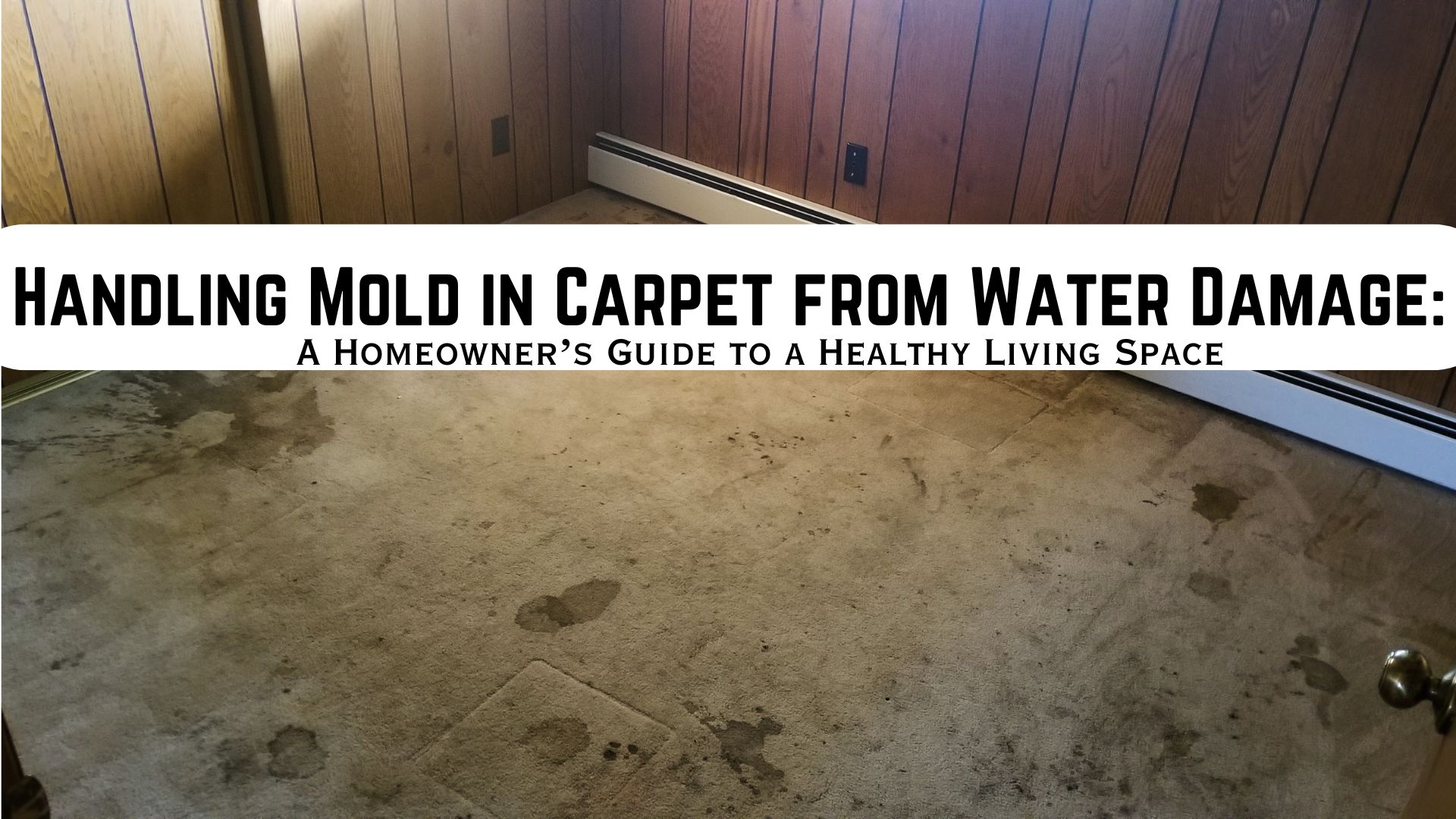Mold is well-known for attacking different surfaces in the house including wood (bare wood, composite wood, and many other types of wood). Since wood naturally soaks up and retains water, it makes a perfect environment for mold growth! Moreover, wood’s porosity provides numerous places for spores to grow and reproduce plus the nutrients they can get as food. Mold on wood can be a troublesome issue that affects both the aesthetics and structural integrity of your property.
Fortunately, if the affected area is less than ten square feet, you can kill mold yourself using various cleaners in the household. We will give you tips on how to get rid of mold on wood the easy way. However, hiring a mold damage professional is necessary if the moldy area is larger than 10 sq. ft.
What is Mold on Wood
Mold is a living organism and can easily grow and spread on wood. Its color varies: there’s black mold, white, green, or just about every color in between. They need water, a food source, and air to survive.
In addition, they can discolor and harm surfaces on the wood. And may even damage the structure of your home as well as your health.
How to Get Rid of Mold on Wood
Act immediately once you notice mold on any wood surfaces. The spread of mold spores in the air is fast thus it can be harmful to you and your loved one’s health. People who are sensitive to allergens may experience asthma attacks and other side effects include headaches, nausea, dizziness, nausea, and skin rashes.
So try to get rid of mold on wood now with the following tips.
Keep yourself safe
To protect yourself while cleaning moldy areas or surfaces, put on protective gear such as a respirator or air mask, safety goggles, and rubber gloves. Wearing them will protect you not only from certain cleaning products but will also prevent mold spores from entering your lungs.
Use a vacuum
Since mold produces a number of spores that can easily spread in the air, using a HEPA filter vacuum greatly helps. It can get rid of any of the loose spores present in the wood. Vacuum before you proceed with another cleaning.
Check the wood’s surface
There are different types of wood so each type needs to be treated differently. Painted wood has a less porous surface than untreated wood so the treatment varies.
Clean mold on wood
a. For painted wood: Since the wood has been painted, mold will have a hard time penetrating through the paint. It’s likely that the mold is present on the top of the surface and may not be within the wood itself. So to clean the surface mold, just use a mixture of mild detergent or dishwashing detergent and water. Then wipe away using a cloth, sponge, soft-bristled brush, or scrub brush.
b. For untreated wood: You may need a stronger cleaning solution for this since mold stays not only on the surface but has penetrated into the wood. You can use bleach with a small amount of detergent and water. You can also use other natural solutions like vinegar. Gently work this solution with a scrub brush into the surface then air dry.
Use fans or a dehumidifier to speed the process of drying especially if the wood or wood furniture is in a damp area.
- Get rid of mold stains.
After cleaning, you may still see some stains of mold on wood. Though they are not hazardous, they look annoying. To remove stubborn mold, you can try some options below:
a. Sand the wood after cleaning it.
b. Another round of any type of cleaning solution. Just be careful with dark wood as this may cause discoloration.
c. If the options above neither work, varnish the wood or paint over a coat of mold-killing primer to hide the stains or spots.
Other Ways of Getting Rid of Mold on Wood
There are various ways of getting rid of mold on wood, from natural cleaners to chemical cleaners. Check the following most common cleaners for mold:
- Soap and warm water are some of the safest ways to remove mold from wood. Just spray on the wood and leave for a few minutes before wiping. Dry completely.
- Vinegar is also safe and you can directly spray onto the affected surface. Let the vinegar stay for an hour. Clean the area afterward with soap and water then dry.
- Baking soda or Borax can remove mold stains, too. Mix one cup of either borax or baking soda with a gallon of water then mix well. Spray it on the mold and scrub it with a scrub brush.
- Bleach is effective in killing the surface mold only and is effective in removing surface stains on your wood. Be extra cautious since bleach can cause discoloration on some wood materials and can be harmful to your health.
Seek Help from a Mold Expert
Wherever the mold and mildew are located on your property, consider some safety precautions before handling and dealing with mold yourself. The best action for completely eliminating mold in your home is to call in a professional like Superior Restoration.
We provide quality mold removal and remediation services as well as water damage and fire damage restoration. Please call our local office today. Our trained and highly skilled professional team is available 24/7.





